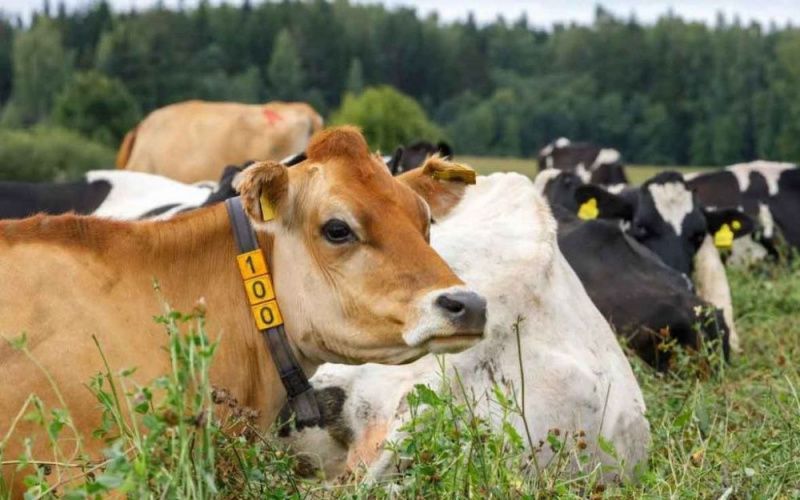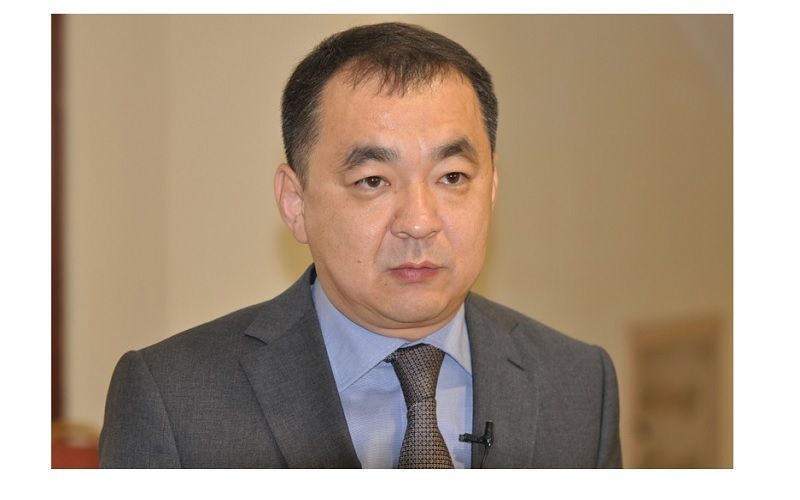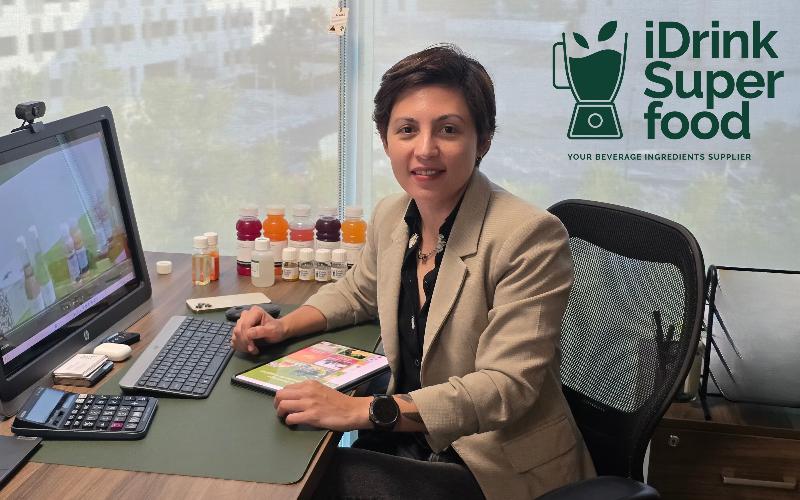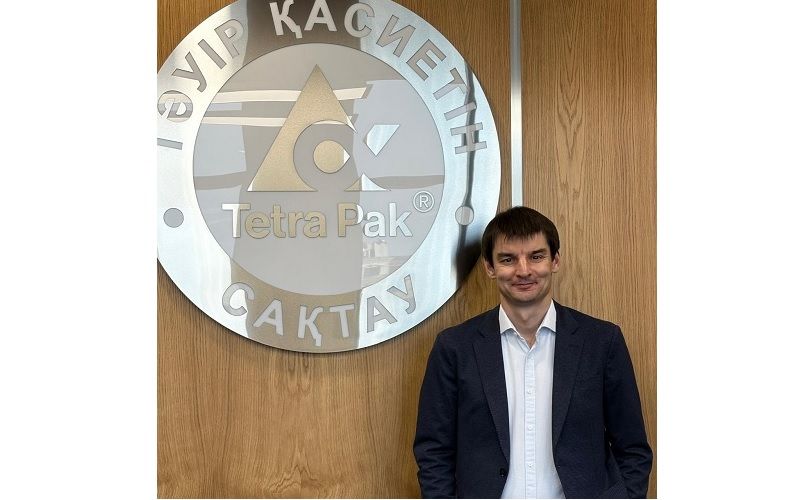Milk Productivity of Cows in Russia Increased by 3.8%

The largest increase in average yields was recorded in several regions:
-
Tambov Region — +1,083 kg;
-
Chuvash Republic — +1,021 kg;
-
Irkutsk Region — +924 kg;
-
Kaliningrad Region — +592 kg;
-
Samara Region — +564 kg.
At the same time, a slight decrease in figures is observed in the Yaroslavl Region (-0.3%) and Perm Krai (-4.2%).
By early September 2025, the cattle population in all categories of farms decreased by 3.3% compared to the same period in 2024, amounting to 7.26 million heads.
In agricultural organizations, the decrease was 1.6% — to 3 million heads.
The largest reduction in livestock was recorded in:
-
Bryansk Region (–30 thousand heads),
-
Moscow Region (–7 thousand heads),
-
Voronezh Region (–4 thousand heads),
-
Novosibirsk Region (–4 thousand heads),
-
Republic of Bashkortostan (–3 thousand heads).
According to Alexey Voronin, Director of the Analytical Department of Soyuzmoloko, the increase in milk yields is a long-term trend caused by the improvement of diets, housing conditions, and optimization of herd structure.
"Practical breeding work is actively developing, and the regulatory framework is being improved. The rules for subsidizing costs for genotyping have already been approved — a new support measure that will start in 2025. Farms are paying more attention to the breeding value of the purchased young stock, which directly affects productivity growth. At the same time, culling less efficient livestock is a natural process," Voronin noted.
Experts note that the growth in milk yields against the background of a reduction in the cattle population reflects the structural renewal of the industry — a shift towards more technologically advanced farms and a focus on genetic improvement of the herd.
According to Soyuzmoloko, this trend will continue in the coming years thanks to the digitalization of farm management and the expansion of state support measures in the field of genetics and breeding.












